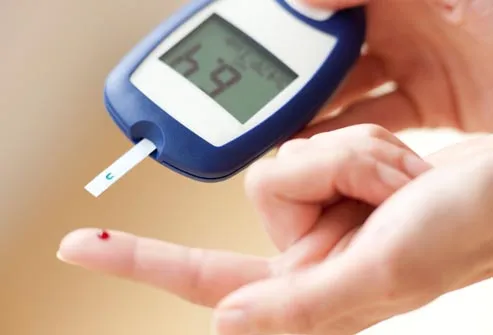
I got married on November 2011 and conceived on December 2011. My first pregnancy took a toll on me. Though I consider myself a strong person but went weak on my knees when I had to counter labour pains. Though my doctor assured a normal delivery, but I requested for a C-section amidst labour. Today my baby is 18 months old. I have a gut feeling that I might be pregnant again. Though I am not planning for any kids at the moment and ain’t sure if my concerns are true. But just in case I get pregnant again can I opt for a normal delivery now. Is it possible?
If you even have the slightest doubt that you could be pregnant get a home pregnancy test done and be sure. A normal delivery after a C-section is called a VBAC or vaginal birth after C-section. In most cases a normal delivery after a C-section is possible though it comes with some risks attached to it.
In a normal delivery after a C-section, the scar may tear open leading to uncontrolled bleeding at the site of previous C-section, during labour. Though it might not be the case always. If you opt for VBAC talk to your doctor about it. If you are planning for a VBAC, be sure that you take good care of yourself well in advance. Apart from regular exercises take care that you are doing enough to strengthen your core and back. With a history of C-section, putting too much pressure on your core is not advisable. Try alternative methods like side obliques or stretches. Hire a trainer if you can.
Remember during VBAC you would need a lot of monitoring during your labour to ensure that both you and your baby are safe. If your abdominal muscles are not strong enough to go through the strains of labour it can tear open at the site of operation. But if you are monitored constantly such an incidence can be avoided if at all it happens. If your doctor senses any trouble during the labour you might be taken for an emergency C-section too. But many doctors also support VBAC and would help you during your pregnancy to prepare for the same. So talk to your doctor and find out one who supports your decision. But before all that get checked if you are pregnant.
Source: the health site










